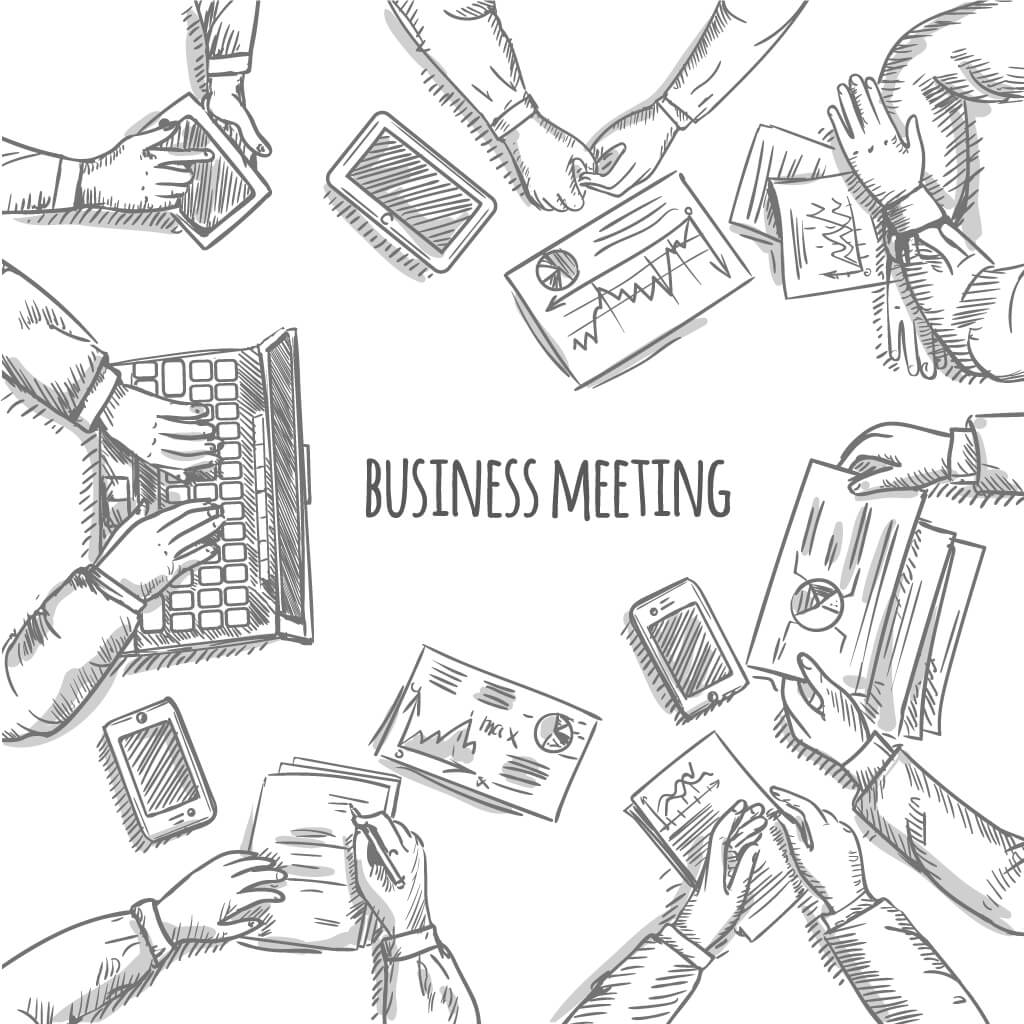We’ve all been there: sitting in a meeting that drags on endlessly, watching as precious time ticks away. It’s a common workplace dilemma that not only wastes time but also drains energy and morale. So, how can we transform meetings from tedious time-wasters into productive, efficient gatherings?
Firstly, it’s essential to establish clear objectives. Before scheduling a meeting, ask yourself: what is the specific purpose or outcome we hope to achieve? Communicate this objective to attendees beforehand so they come prepared and focused. A structured agenda, distributed in advance, is a powerful tool to keep the meeting on track. This simple step ensures that everyone is aligned and that the discussion doesn’t veer off course.
Time management is critical. Start and end the meeting promptly, respecting everyone’s time. Keep things concise by allocating a realistic timeframe for each agenda item. This keeps the meeting flowing and prevents unnecessary tangents. It’s also beneficial to designate a facilitator whose role is to guide the discussion, ensure equal participation, and monitor time.
Encourage active participation from all attendees. Meetings are a platform for collaborative thinking and problem-solving, so invite diverse perspectives and ideas. To ensure everyone has a chance to contribute, create a safe and respectful environment, especially when disagreements arise. It’s also helpful to mix up participation styles, incorporating techniques like brainstorming, small group discussions, or voting, to keep energy high and engagement deep.
Effective meetings are also well-documented. Assign a note-taker to capture key points, decisions made, and action items, ensuring these are circulated promptly after the meeting. This not only helps keep participants accountable but also provides a reference point for those unable to attend.
To save time, consider whether a meeting is truly necessary or if the same outcome could be achieved through other means, like a quick phone call or an email thread. Sometimes, a more informal approach can be just as effective and save precious hours.
Another strategy is to limit attendee numbers to only those essential for the discussion. This reduces distractions and facilitates more efficient decision-making. When scheduling, be mindful of attendees’ calendars and try to find a time that works best for everyone, aiming for a balance between convenience and productivity.
Running effective meetings is an art, and with the right techniques, you can save time, boost morale, and foster a culture of collaboration and efficiency.
So, the next time you find yourself in a never-ending meeting, remember that it’s possible to reclaim your time and transform these gatherings into productive, energizing sessions that drive real results.
By implementing these strategies, you’ll be well on your way to mastering the art of efficient and engaging meetings, saving countless hours and elevating your team’s productivity to new heights.
Let’s make every meeting count and transform our workplace gatherings into productive, energizing, and efficient sessions that drive real results and save time.
